Submitted by WA Contents
An Exhibition ’Making Africa, A continent of contemporary design’
South Africa Architecture News - Feb 22, 2016 - 14:20 13746 views
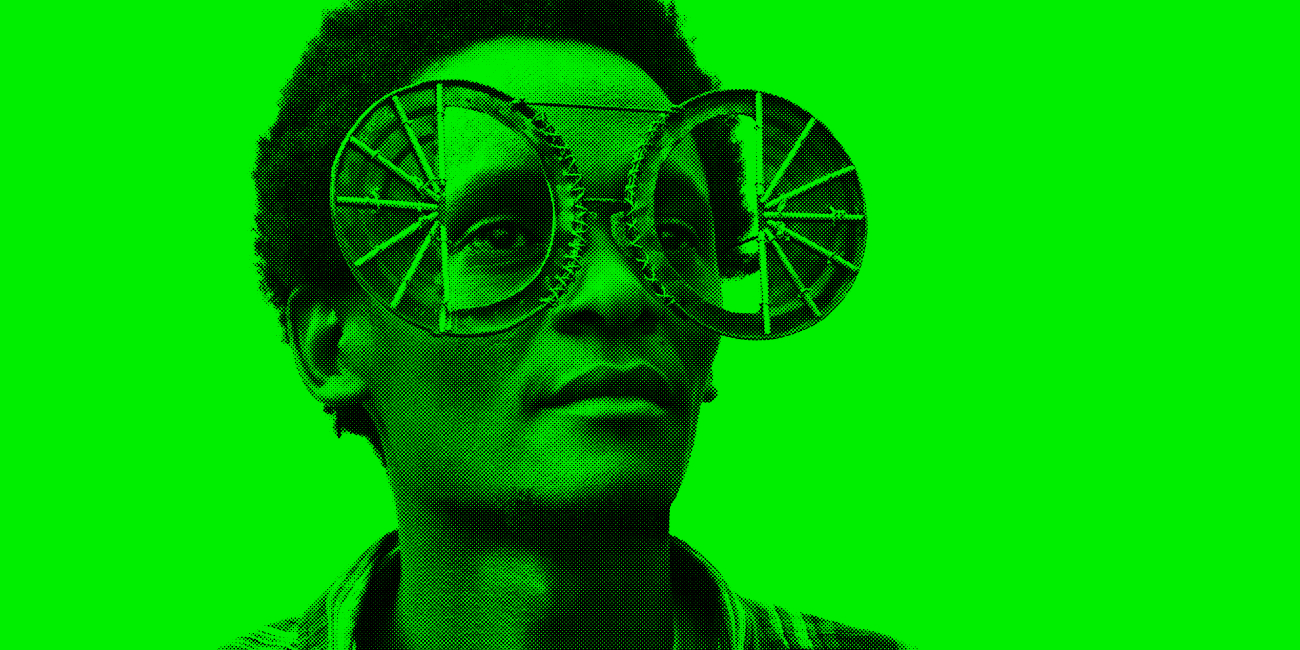
Cyrus Kabiru, Olleres meravella (C-Stunners) 2012. Sol Caribeño (Caribbean Sun). © Cyrus Kabiru.image by Miguel Luciano.
CCCB – From March 23rd to 28 August 2016.
Press conference: Tuesday, 22 March, at 11:00
Opening: Tuesday, 22 March, at 19:30
This exhibition presents the work of over 120 African artists and designers. It shows how design is promoting economic and political changes in Africa. It establishes a dialogue between artistic disciplines such as the visual arts, illustration, cinema, photography, architecture and design. It tables a conversation between works from the postcolonial era and those by today’s young creators. A new generation is demanding the right to construct in freedom, with no external tutelage and in contrast to the stereotypes projected by the West. Making Africa talks, from Africa, about a new Africa currently under construction and sets out to highlight the continent’s possibilities rather than its problems.
The exhibition, which will be presented at the CCCB from 23 March to 28 August 2016, is a coproduction of the Vitra Design Museum (where it ran from 14 March to 13 September 2015) and the Guggenheim Bilbao (30 October to 21 February 2016), with the collaboration of the Kulturstiftung des Bundes /German federal culture foundation and the Art Mentor Foundation Lucerne.
Amelie Klein of the Vitra Design Museum is the curator, and Okwui Enwezor, director of Munich’s Haus der Kunst and curator of the 56th Venice Biennale 2015, is the consultant advisor. The exhibition also has an advisory committee made up of nine experts from cities around the world, such as Cape Town, Lagos, Dakar, London and Nairobi.
Designed to offer a new narrative of contemporary African design, the exhibition Making Africa. A Continent of Contemporary Design presents the work of over 120 artists and shows how design accompanies and promotes the economic, political, social, cultural and technological changes in Africa. It presents works from different creative areas, such as object and furniture design, illustration, fashion, architecture, urbanism, art, artisanry, cinema, photography, websites, social networks and publications.
The new media have a central role to play and are starting to make this change of viewpoint possible. Often the work of collectives, in an urban context, the pieces in Making Africa connect the digital revolution with existing analogue creation. They centre more on the process than on the result. They interpret materials in a radically new way. They accept their responsibility in relation to society rather than to the market and make bold predictions for the future.
The exhibition portrays a new generation of entrepreneurs, thinkers and designers who are African or of African origin and who, as digital natives, address a global audience and offer the world a new way of seeing their continent.
The aim of the exhibition is not to provide a comprehensive panorama of design in Africa, but to offer a new narrative about the continent, an invitation to assess it from a completely new viewpoint. Africa has entered the 21st century determined to throw off the chains of poverty. This complex, varied continent is peopled with a new generation which, in the field of culture and by means of creation and design, is asserting its right to construct itself in freedom and in contrast with the stereotypes and the imaginaries projected by the Western world.
One of the distinctive signs of the exhibition is its process of development. In the course of a research period of two years, numerous meetings and interviews were held with groups of experts in principal African cities, such as Lagos, Dakar, Cape Town, Cairo and Nairobi. During these sessions, some 70 designers, artists, researchers, architects, gallerists and curators were consulted. In the process, a body of primary research material about unique African design was compiled that now reinforces and enriches the exhibition and the catalogue that accompanies it.
The exhibition is divided into four sections:
1. Prologue
2. I and we
3. Space and object
4. Origen and future
''Thinking about the future means thinking about our possibilities in the world. It seems that the rest of the world has arrived in the future; now it’s Africa’s turn'' says Okwui Enwezor, consultant curator of Making Africa.
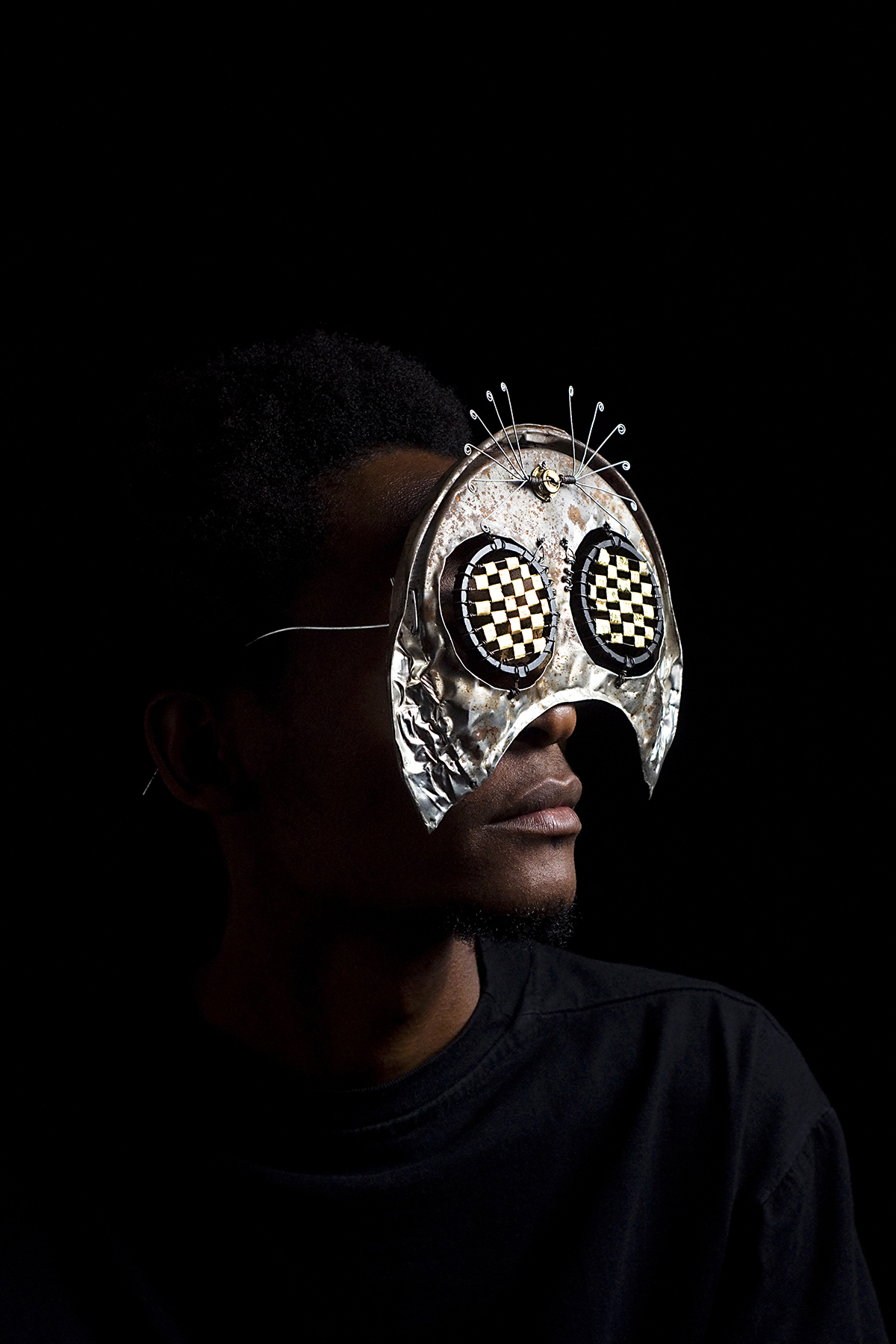
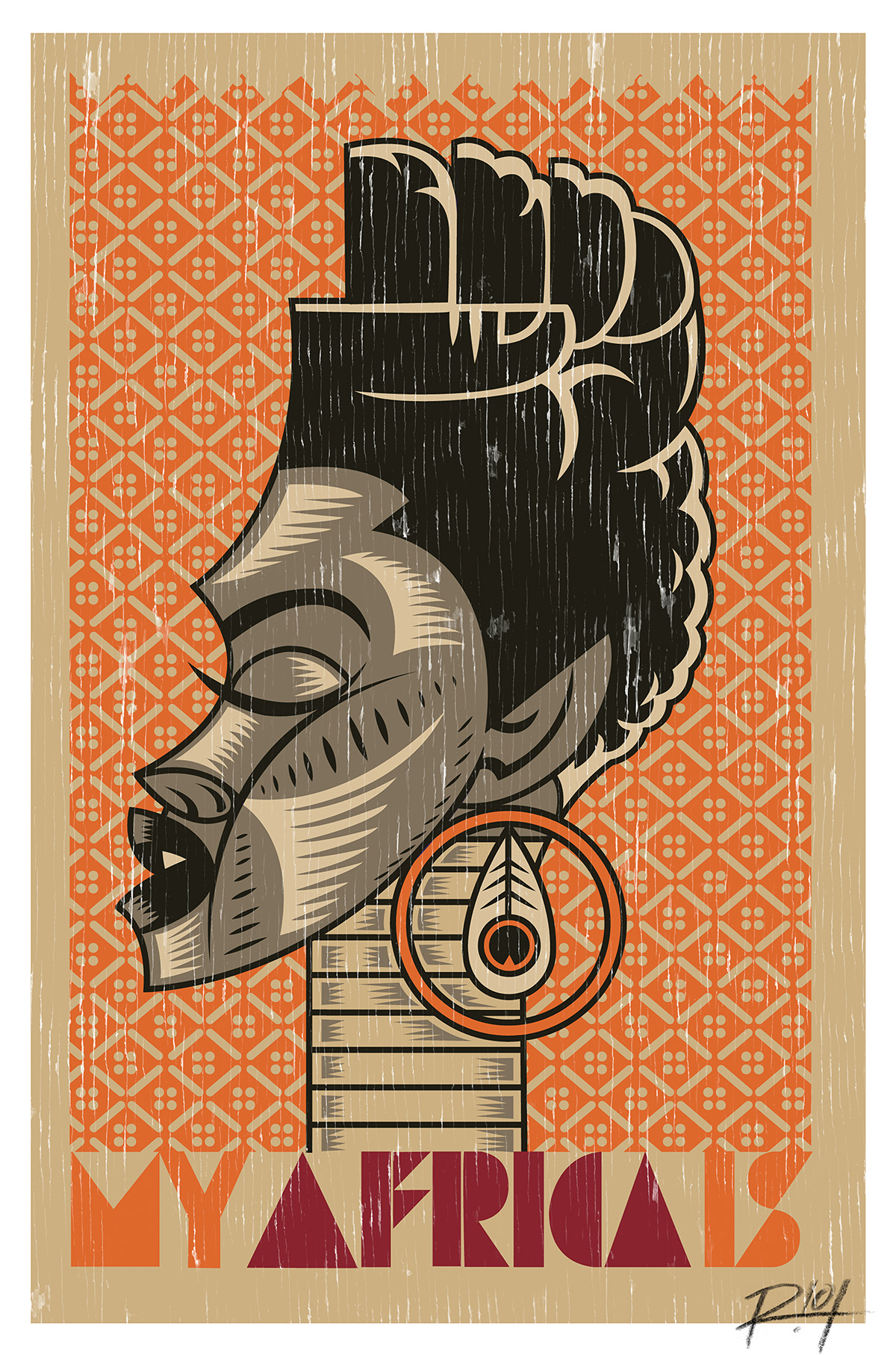
Prologue
The exhibition is based on these three questions: What is design? What is Africa? What is African design? In the course of research lasting two years, these questions were posed to some 70 designers, artists, researchers, architects, gallerists and art curators. Their answers generated some interesting audiovisual documents that can be seen in this section, which serve to address the exhibition from a new viewpoint, freed of the clichés and preconceived ideas of centuries past.
Design outstripped the creation of industrially manufactured goods a long time ago, shaping processes, systems and social interactions. Africa is more than a continent and it is certainly much more than famine, corruption or wide-open landscapes. Similarly, African design includes a wider and much more exciting range of work than recycled art, handicrafts or humanitarian design.
The prologue centres on debunking stereotypes and prejudices about Africans, using the works of artists and designers. Some examples:
Kenyan Cyrus Kabiru’s eyewear sculptures (1) are a great metaphor of the change of perspective urgently called for today in relation to Africa.
Nikolaj Cyon’s map of Africa, Alkebu-Lan 1260 AH (2), turns our ideas about images of Africa upside down with a geography that excludes colonial influences.
In The True Size of Africa, Kai Krause corrects the size of the continent to its true dimensions. And Albus, a series of portraits by Justin Dingwall, examines the concept of race.
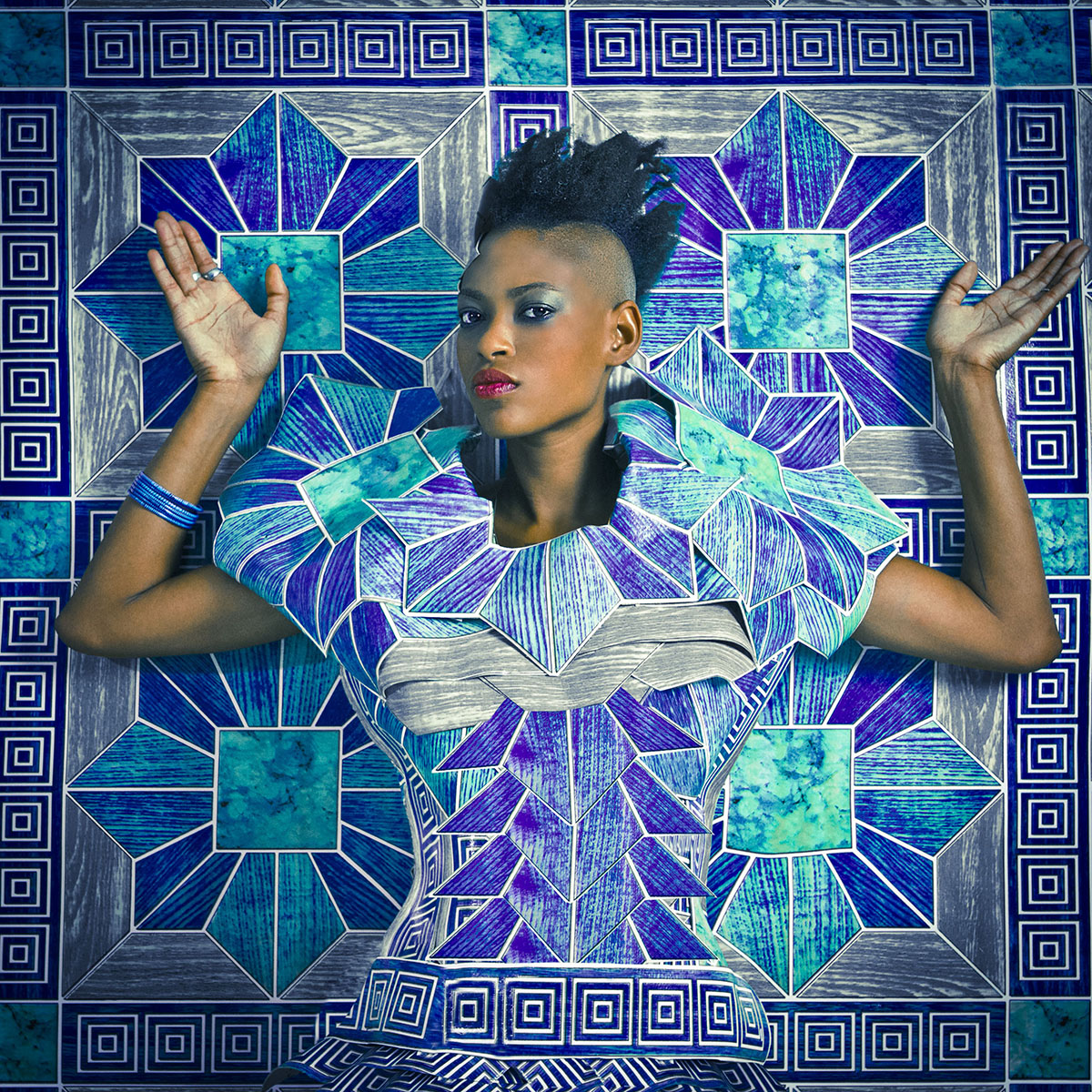
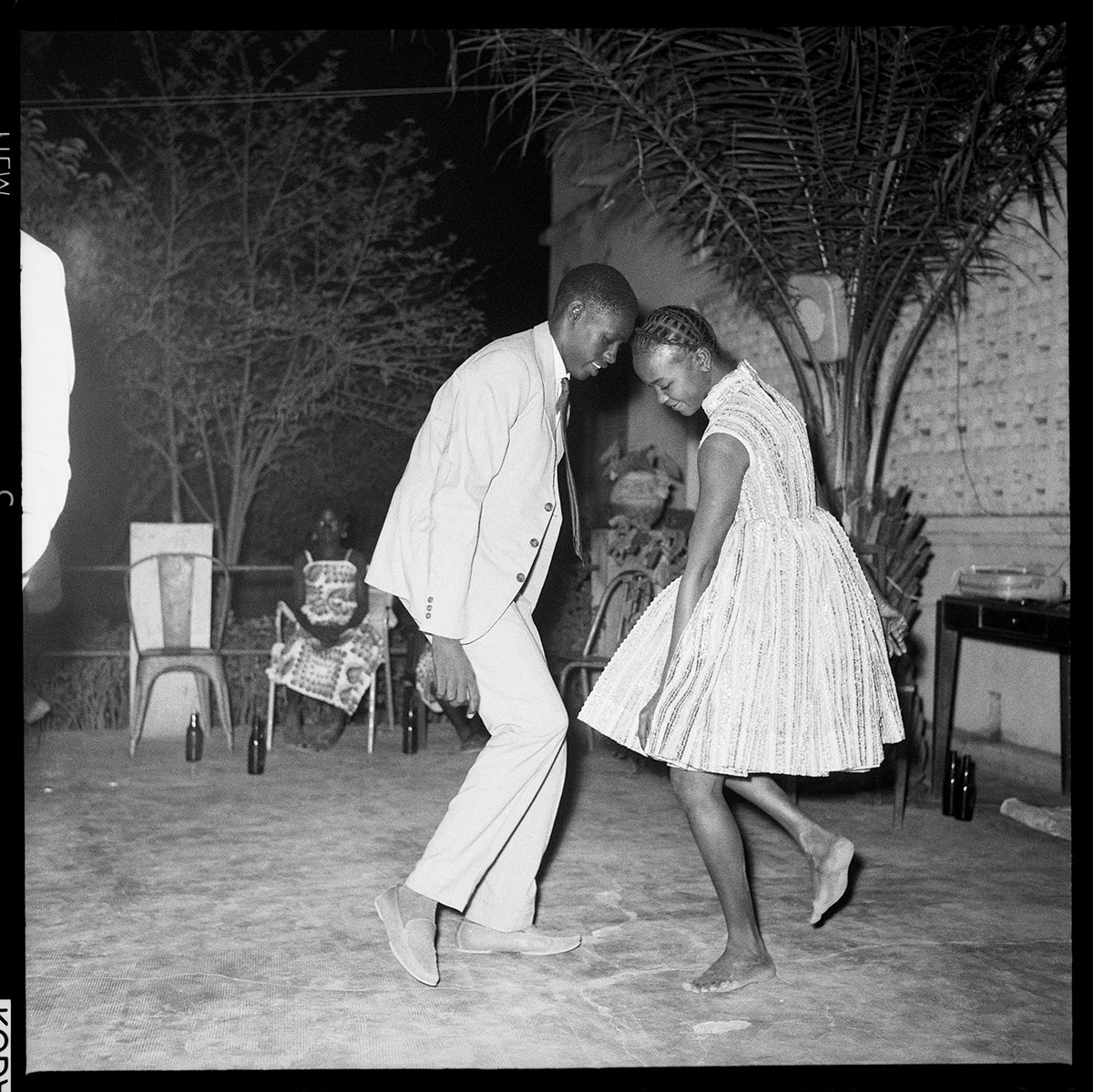
I and we
The second part of Making Africa focuses on the person and their sense of belonging to a social group. Here, we examine the way we define I, integration and segregation, the means used to communicate, and how these questions translate in photography, fashion, architecture, videos, art, websites, social networks and publications.
Social belonging is often expressed by fashion and style, which are also expressions of political, economic, social and cultural circumstances.
In the fifties, sixties and seventies, photographers Malick Sidibé (3) and Seydou Keïta captured the spirit of Mali with their photographs after independence. Today, the grandchildren of that generation are using the Internet as a means to make Africa a part of world youth culture. The blog of photographer Jody Brand is a good example: http://chomma.tumblr.com/.
In The Studio of Vanities (4), Omar Victor Diop photographs, in Dakar, the artists, designers, fashion creators and musicians of his generation.
None of the works presented here is a mere copy of world trends; aesthetic codes are reinterpreted and produce a new, unique, and essentially African cultural form.
This section is also dedicated to the representation of interests of society in general. Alafuro Sikoki, in The Modern Evolution Suit, presents a biting criticism of the social impositions of modern life. The photographers Sabelo Mlangeni and Zanele Muholi document homosexual subcultures in South Africa. The artist Docta and the Doxandem Squad create graffiti about health care that are great murals in Dakar. And the South African artist Lucinda Mudge, with her vases inspired by Chinese porcelain, addresses issues such as the fear of criminality and the social inequalities of her country.
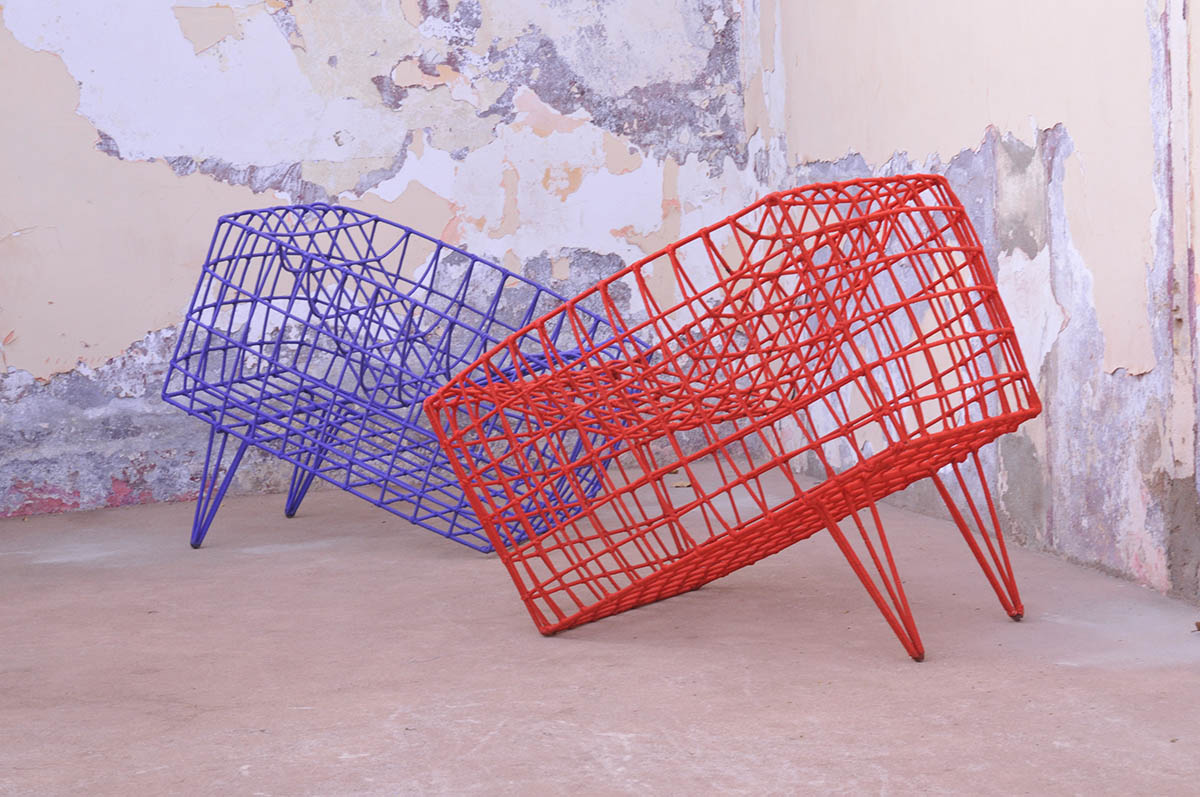

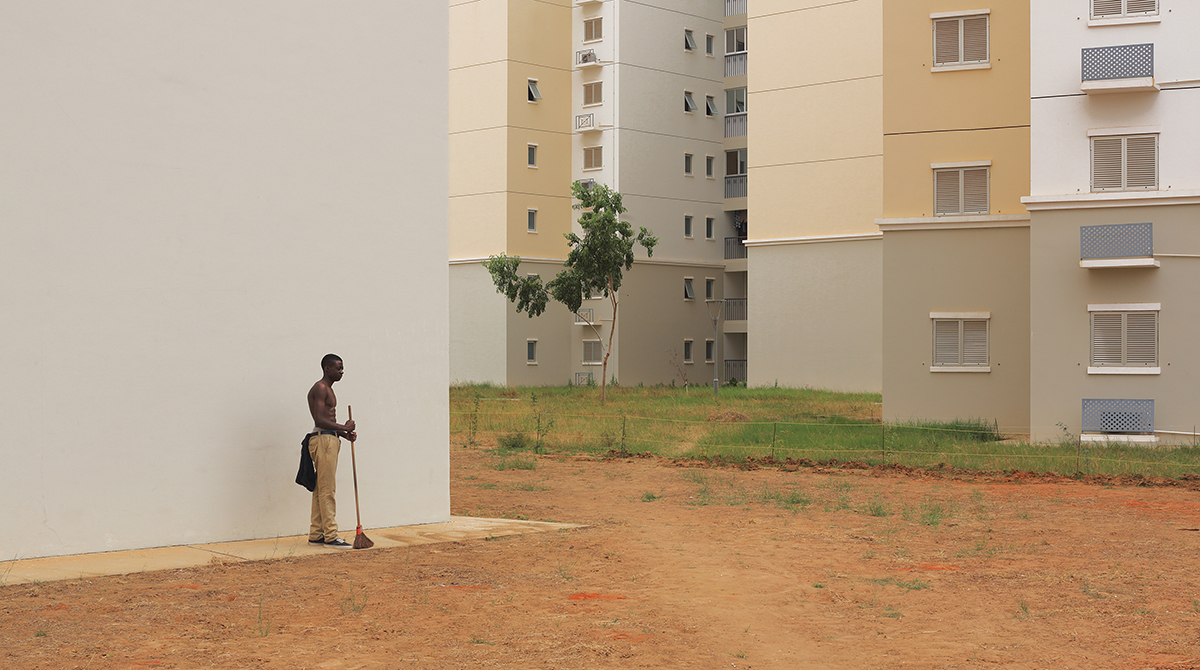
Space and object
Section three is an exploration of the individual in their own environment and personal living space.
By the mid-21st century, between 65% and 75% of the world population will be living in cities. In Africa, too, the city is quickly becoming home to the majority of the population. It is obvious that the rise of the city brings with it problems and challenges that have to be addressed by a new generation of designers, architects, urbanists and artists with innovative and extremely forward-thinking solutions.
“Space and object” presents artistic works based on the city. Michael MacGarry (5), in his video Excuse me, while I disappear, offers a critical view of a residential project in Angola, built by Chinese investors.
It also includes a project by Mikhael Subotzky and Patrick Waterhouse about Johannesburg’s Ponte City (Africa’s tallest residential skyscraper, built in 1975). This ambitious task of documentation (2008-2010) about one of the most luxurious buildings in the city that went into decline, symbolizes better than any the history of South Africa.
Meschac Gaba takes well-known monuments of African and European architecture and reinterprets them as complex wigs.
Ideas such as Justin Plunkett’s corrugated iron building (6) are purely speculative, but they do prompt us to think about ways of addressing the social, economic, political and cultural realities produced by urban density.
As well as the city, analysis also addresses the technologies, materials and systems that make up personal environments. The designer Porky Hefer makes furniture out of plant materials, using canes, branches or adobe. Malian architect Francis Keré works in his adobe architecture centre in Mopti. And Cheick Diallo (7) uses recycled elements for his furniture.
Nor is it accidental that the biggest mobile money transfer system was devised in Africa. M-Pesa is the response to a gap—a lack of infrastructures—that allows even people with the smallest incomes to transfer money quickly and securely from A to B outside a banking system that is inaccessible to them. Created in 2007 by Kenyan phone company Safaricom, this extremely simple system uses a network of M-Pesa agents, who can also sell petrol, food and newspapers in their shops. The sum to be transferred is paid in one place and can be withdrawn in another, upon presentation of a code sent by SMS. Some 25% of Kenya’s gross national product is moved using this system. https://www.mpesa.in/portal/

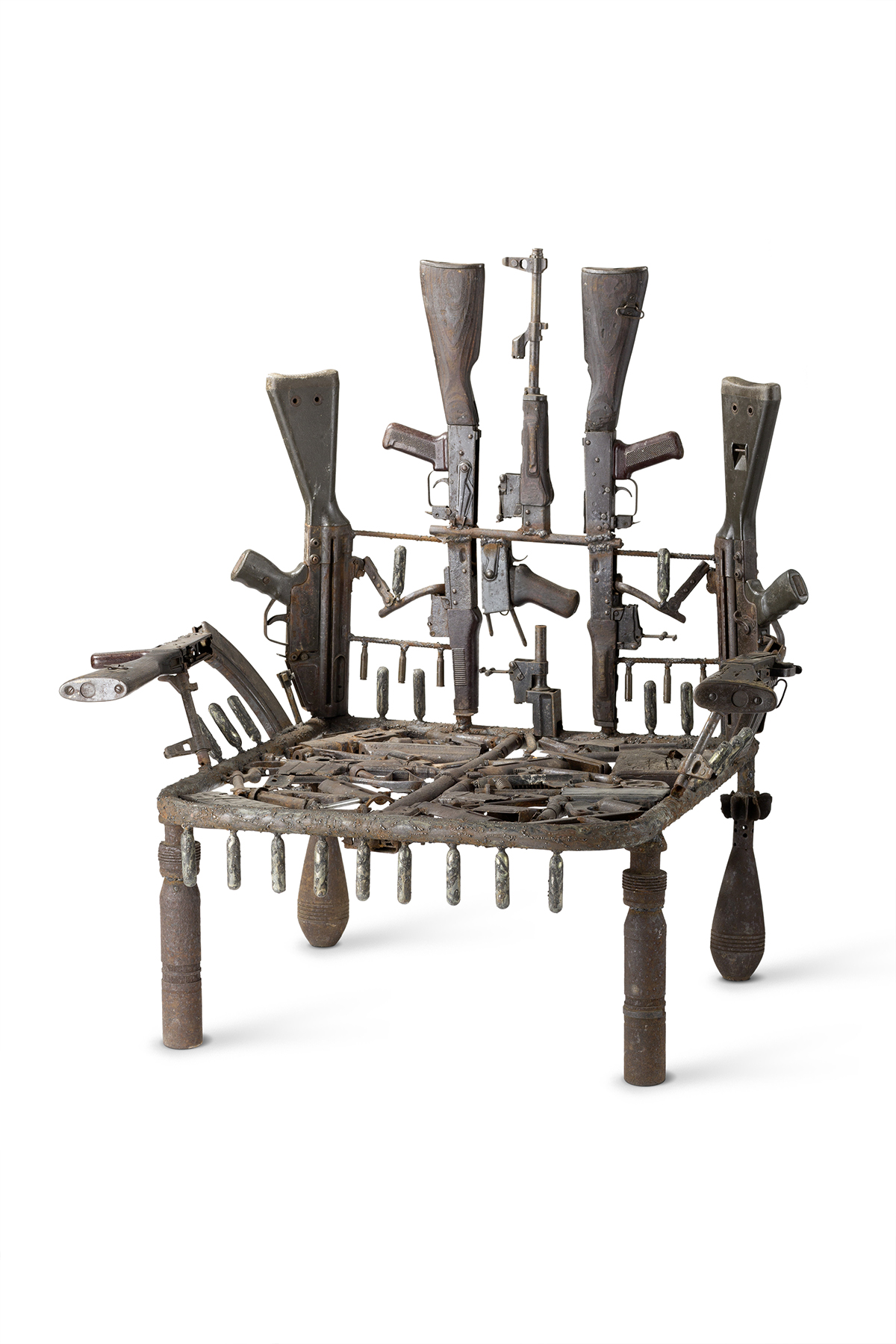
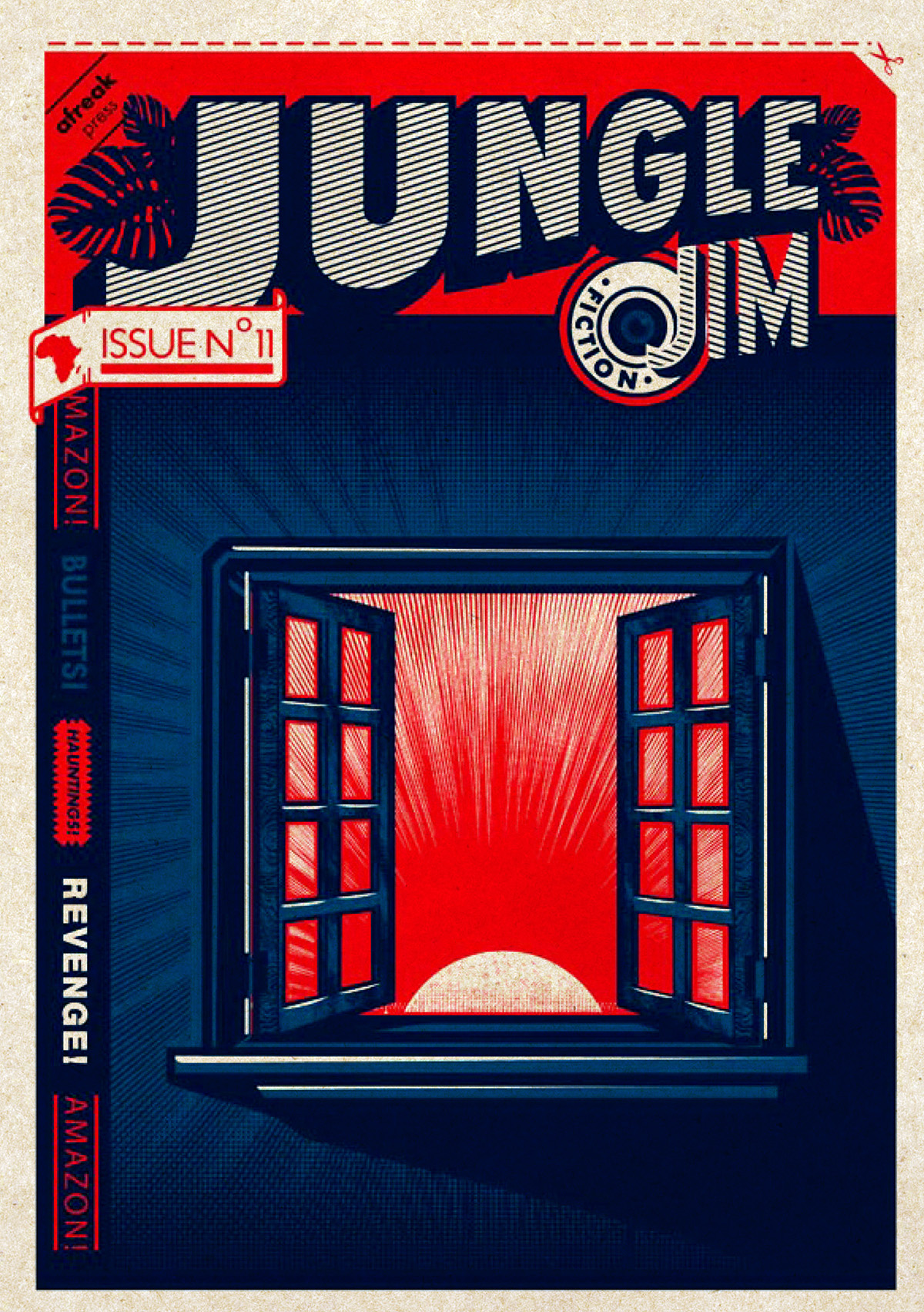

Origen and future
This section is a journey through the precolonial history of the African continent that explores visions of the future: Where do we come from? Where are we going? What are our origins? And our goals?
In the era of globalization and the World Wide Web, many creative works prefer to look to the past and evoke history: an ancestral African kingdom comes back to life on the website of Congolese French singer Taali M thanks to artistic director Pierre-Christophe Gam (8). The prints, colours and materials are a reference to traditional cultures, as in the collection Birds of Paradise by fashion designer Duro Olowu.
Other works explore the recent past of African states. Gonçalo Mabunda (9) creates a throne of weapons used during civil war in his country, Mozambique. The Mandela Poster Project Collective creates a series of posters to commemorate the 95 years of Nelson Mandela.
But this section also analyses the future of the continent by means of theories, utopias and visions that reveal optimistic scenarios.
Jungle Jim (10) is a magazine that explores the science-fiction genre, and filmmaker Frances Bodomo (11) mixes reality and fiction in Afronauts, a story about a Zambian project to beat the US in the race to be first on the moon in 1969.
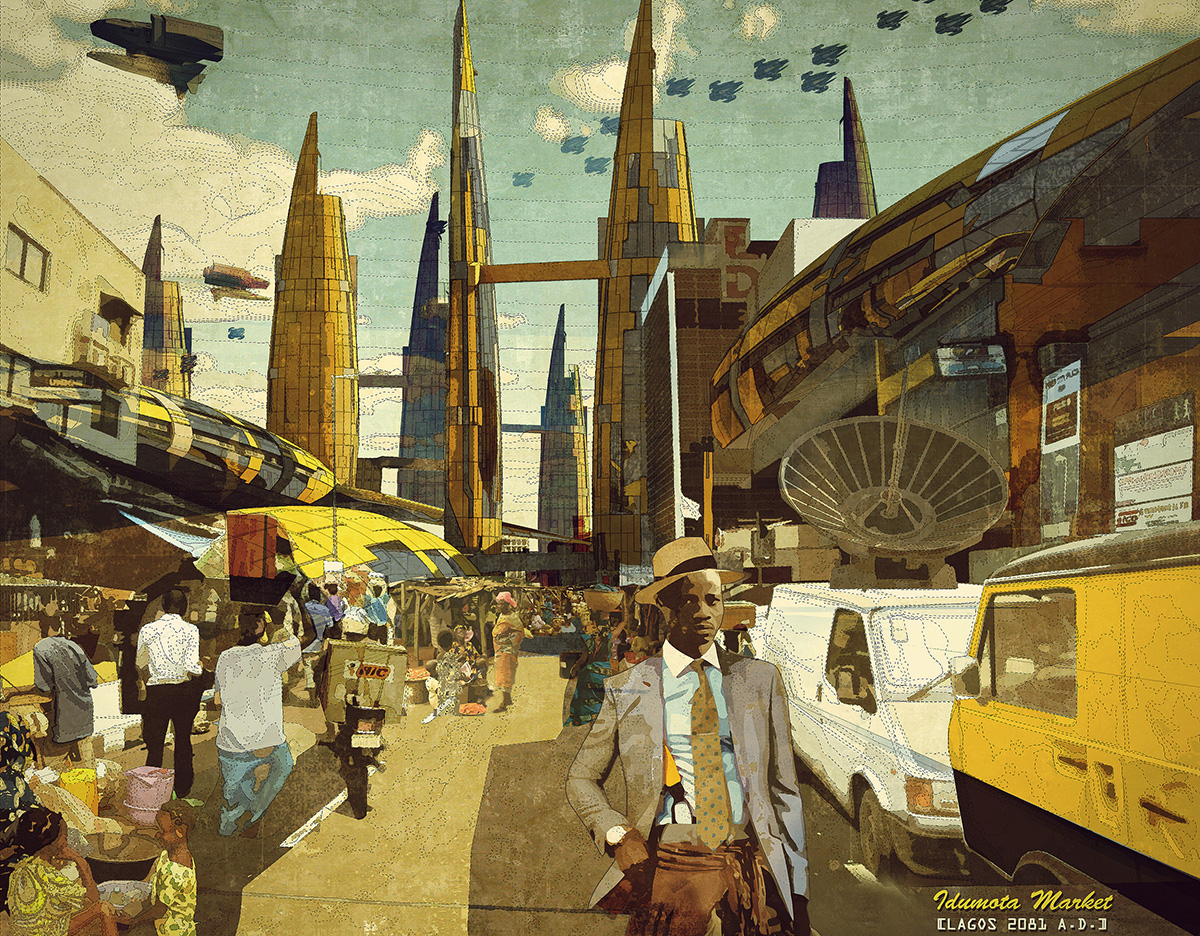
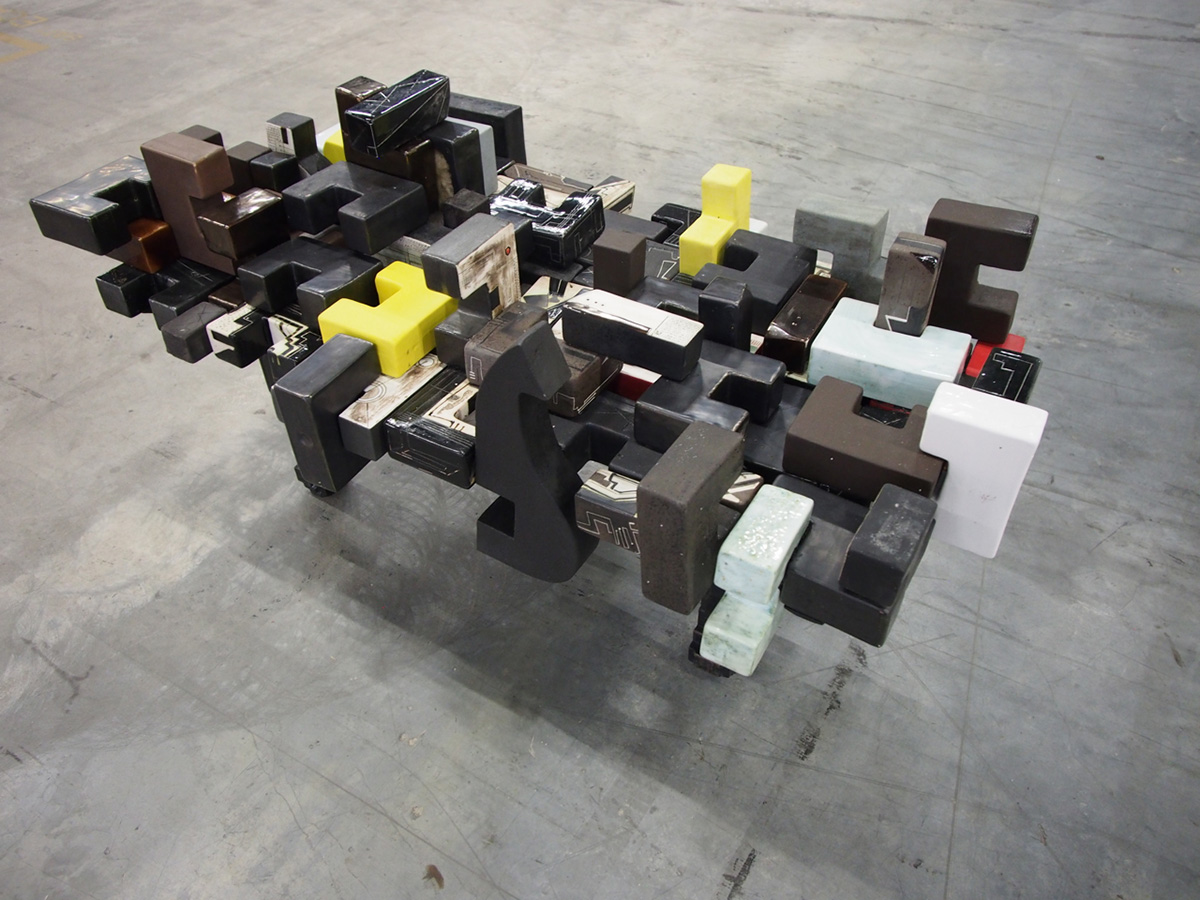
Activities related to Making Africa
Cycle of talks and Xcèntric film session
Based on the visions of authors, artists and intellectuals based in Africa and its diaspora, and without concealing the complexity and inequities that affect its reality, the aim of the cycle is to break with clichés and offer different ways of seeing the continent’s wealth and its central role in producing the world we live in.
Wednesday, 13 April
Chigozie Obioma. Nigerian writer and assistant lecturer in literature and creative writing at the University of Nebraska-Lincoln. The New York Times has called him “the heir to Chinua Achebe”. He has just published his first novel, The Fishermen, shortlisted for the 2015 Man Booker Prize.
Monday, 18 April
Mia Couto. Mozambican writer, winner of the 2014 Neustadt International Prize for Literature and shortlisted for the Man Booker Prize. His work Confession of the Lioness was recently translated into English.
Thursday, 21 April
New voices of African cinema. Conversation with the filmmaker Akosua Adoma Owusu, moderated by Beatriz Leal.
Struggling Awareness. A selection of the films of Akosua Adoma Owusu (Xcèntric session).
Making Africa at civic centres
From 8 April to 8 July 2016
Barcelona’s civic centres join in the exhibition with a special programme of activities based on the themes of the exhibition as a creative extension of each centre, with music as a leading thread. All the activities will be free of charge.
Course at the Institut d’Humanitats de Barcelona
Wednesdays from 27 April to 25 May
Africas. Notes about a continent still unknown, course directed by Jordi Tomàs, of the Centre d’Estudis Africans.
Education Service
Making Africa for the whole family. Change the way you see Africa!
Eyewear design workshops with the Kenyan artist Cyrus Kabiru
28 and 29 May, 4 and 5 June
From 11:30 to 13:30
Activity organized in collaboration with the Fundació Han Nefkens and Loop Festival
Culturenauts: summer school at the CCCB
For a week in July, we’ll be looking at the African continent by means of its most creative music.
Activity organized with Fundació Pere Tarrés
Making Africa clue hunt
Material that families can use to enjoy the exhibition together. The material can be collected free of charge at the ticket desk of the CCCB when purchasing tickets for the exhibition.
Barcelona’s Loop Festival at the CCCB
Friday, 3 June
During Loop Festival, visitors to Making Africa will be able to see a brand-new audiovisual production by Kenyan artist Cyrus Kabiru, currently being made during the artist’s residency at the Fundació Han Nefkens.
African evenings
Fridays 12, 19 and 26 August, at 22:00
Programme of fun and live music in the Pati de les Dones courtyard, with the participation of Ràdio Àfrica.
The exhibition will be open until 22:00.
> via cccb.org/en/
